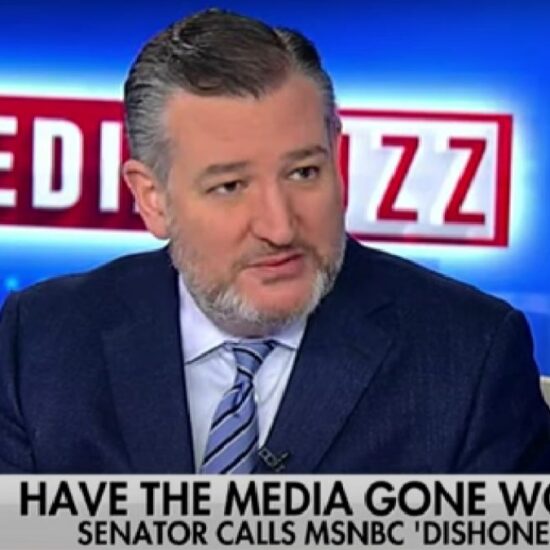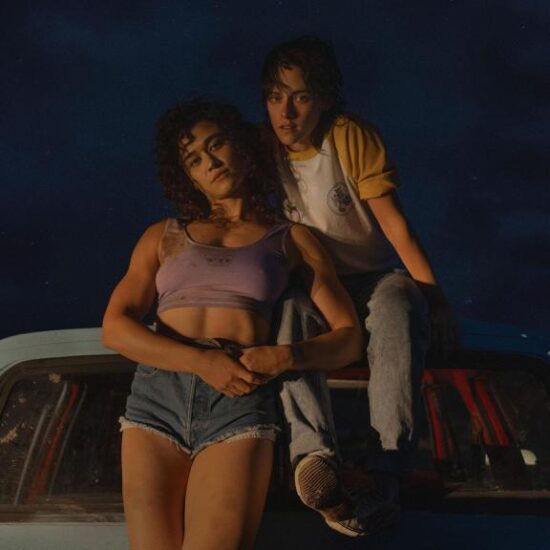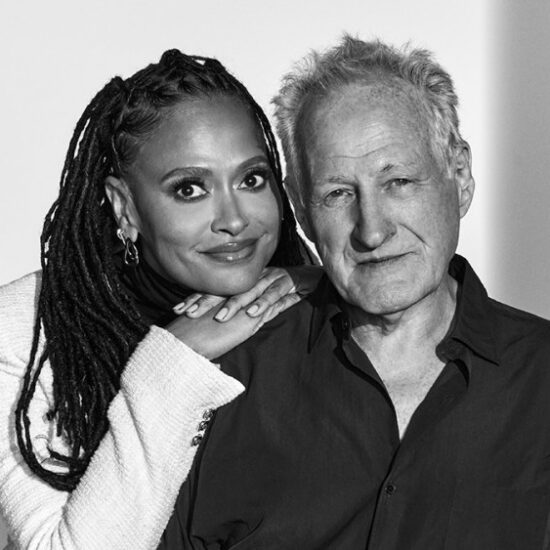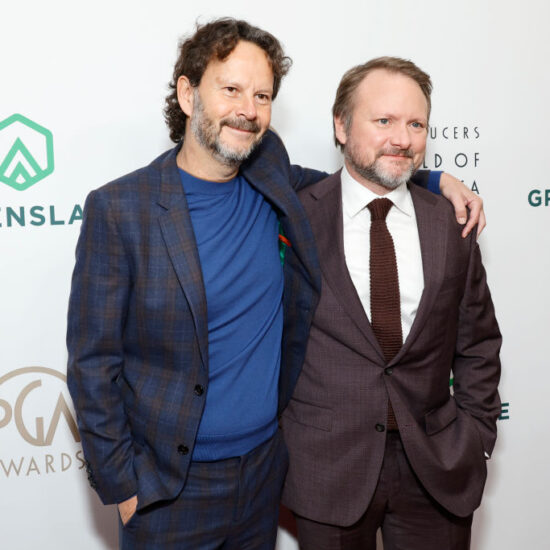
“The Territory” director Alex Pritz spent three years immersed in the Uru-Eu-Wau-Wau territory of the Amazon rainforest. And while this shoot was particularly difficult, he had to win the trust surviving members of the tribe, shoot around Covid and much more he faced a particular “emotional dilemma” filming the actual destruction of one of the Earth’s greatest resources, the rainforest.
In an episode of Variety’s Doc Dreams, presented by National Geographic, Pritz spoke with Variety Deputy Editor Meredith Woerner about interacting with the Uru-Eu-Wau-Wau people and the settlers that were ready to burn down their land to set up their own homestead. “The Territory” follows the conflict between the Indigenous community as they defend their protected land from a network of Brazilian farmers.
One particularly harrowing moment caught on film was the illegal cutting down of a massive tree, an act that was openly being lied about by the past government. “When they were there lighting fire to the rainforest, [former President Jair] Bolsonaro was in the media that same month saying that it was Indigenous people and NGOs lighting fire to the rainforest to undermine Brazil’s national sovereignty and drum up support for their nefarious causes,” Priz explained. “Getting those images did feel really important to be able to say, no, this is proof, this is happening, this is real and we need to talk about it.”
To find a way into this protected community, the director initially contacted environmental activist Neidinha Bandeira, whose work involves defending the rainforest and Indigenous rights.
“The relationship with Neidinha started out really cautiously,” Pritz said. “I think she, like a lot of people, felt like there had been these white American outside journalists who were coming in, taking stories from this community, and she wasn’t seeing much really change for them on the ground.”
To gain Bandeira and the Indigenous community’s trust, Pritz spoke with them about the process of filmmaking.
“I brought some cameras with me and said, ‘Okay, you film me, I’ll film you. Ask me about my life in New York, ask me about why I’m making this film.’”
“All of that built, I think, a common understanding of what a film is, what it entails, what it’s possible of in its most aspirational senses when it reaches millions of people and helps them understand a conflict that isn’t their own, but also what it costs and what you’re giving up by being part of it,” Pritz said. “And I think once we had that common understanding, it felt like we could move forward together.”
Pritz explains the importance of capturing the settlers’ perspective as well, adding that their “ideology is really at the core of this conflict.”
“I was interested in making a project that did listen to them and try to not strictly demonize them or turn them into storybook villains, but to try to understand the motivations that they had for engaging in these, obviously destructive practices.”
For ethical and “straight up security reasons,” Pritz and his team informed both the Uru-Eu-Wau-Wau people and the Brazilian farmers that they were filming “multiple sides of this story.”
“The worst thing for myself and the other people that were filming with the invaders would be for them to feel deceived by us and to think that we were spying on them or that we weren’t who we said we were,” Pritz said.
He adds, “We specifically tried to find access to two sides of the conflict that we hoped wouldn’t ever actually come into physical conflict with each other.”













